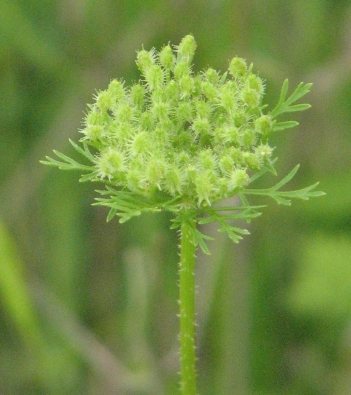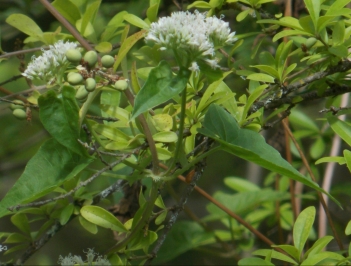Johnny-Jump-Up Violet (Wild Pansy) Viola tricolor. This soft stemmed plant is occasionally perennial, but in most zones is a self-seeding annual. An immigrant from the Mediterranean, this violet ranges in color from solid yellow to dark purple, the most common pattern being painted, purple lip with yellow stripes, the petals split between yellow and lavender. The elongated leaves, which have coarsely toothed margins, alternate along a squared, somewhat trailing stem. The parent stock of commercial pansies, V tricolor produces viable seeds. This wild stock bears 3/8” flowers on long stems, one at a time. An uncommon visitor, this wild pansy escaped cultivation, and no occasionally blooms along forest margins, like Sunset Walk. Not in books. 3/15/19-3/29/19; 20 no obs;

Note; Johnny Jump Up, or Wild Pansy, single 3/8″ blue flowers with white stripes radiating from a yellow center, born in slow succession on long stems

Note; elongated, coarsely toothed leaves alternating along squared, slightly trailing stems

Note; blue, 5 petal flowers born singly in slow succession.
note; buds forming within deep bracts at leaf nodes




























